AHSEC | Class 12 | Chapter-5(A) | Memory and Forgetting | Notes.
Here You will get all questions answer related to the chapter-5 (A) Memory and Forgetting for Class-12.
Subject: Education
100%
Common
All previous Year Questions Answer included in all the chapters
Just Click Here: Class-12 Education Subject Notes PDF.
Memory
1. What is Memory?
Ans: Memory is the capacity to retain the learnt material for a longer period of time and reproduce it through recognition or recall when required is called Memory.
2. Write four characteristics of Memory.
Ans: The four characteristics of Memory are:
Ans: The four characteristics of Memory are:
(i) Mechanical process:
Memory is a mechanical process or activity. There is no any place for creativity in memory.
(ii) Mental process:
Memory is a mental process which consists in learning, retaining and remembering.
(iii) Need of sensory experience:
Act of memorization depends upon sensory experiences. Thus, memory can not take place without sensory experience.
(iv) Need of good mental health:
A disturbed and weak health condition may make one confused and forgetful. Hence a good mental health is a prerequisite for good memory.
(v) Need of repetition:
Lack of repetition induce forgetting so that repetition is another essential characteristics of memory. It makes learning long lasting.
(v) Retaining power:
Retaining ability is an inherited one and hence limited. Every individual has retaining power of his mind which helps him to store experience.
Types of Memory
3. Discuss about different types of Memory with example.
Ans: On the basis of its nature, Memory is divided into different types which are discussed in the following below:
(i) Habit memory:
This kind of memory depends more on physical repetition than on images retained in mind. Such as typing, swimming, playing musical instruments, etc.
(ii) Rote memory:
It is a mechanical type of memory which is based on verbal repetition. There is no need of applying understanding, intelligence, logical ability, etc. For illustration, Students use this memory during examination.
(iii) Sensory memory:
When some experience is acquired through our sense organs and it’s memory is divided, it is called Sensory Memory. A driving Car is an example of this.
(iv) Image Memory or pure memory:
It is depend purely on the image of the past experience and learning retained in mind. It requires high intelligence, creativity, imaginative ability of an individual. It is also known as Pure Memory. Students use it while answering essay type questions.
4. What is Long term memory? Give with example.
Ans: It refers to the ability of an individual to remember things even after long time interval is rare and it always prove an individual strong retaining ability. If an adult can recall some incident happened in his early life, he has long term memory.
Stages of Memory Process
5. Discuss the different stages involved in memory process.
Ans: Memory today is not regarded as a mental power of individual inherited by birth. It is believed to be a mental function or process containing several stages. The stages involved in the process of memory are:
i. Learning or acquisition of Experience:
Memory can not occur without prior learning or acquisition of knowledge. One must have sensation and perception of objects, acquire knowledge and experience in order to recall them in future. So that, this is the first and most essential stage of memory.
ii. Retention or Retaining:
Memory depends to a great extend on retention. After a thing is learnt it is retained in the mind. The retentive power of different individual remain different. Without this retaining function, nobody can have memory. So that this is the second important stage in the process of memory.
iii. Recall or Remembering:
Recall is the mental revival of those experience which have been learned. It is dependent or retention. If a thing is learned well and retained properly then it will be recalled easily. So that this is the third stage in the process of memory.
iv. Recognition:
Besides learning experience, retaining and remembering, there is another important stage is known as recognition. It is the act of mentally verifying the correctness of the remembered facts which we have previously perceived.
So to conclude these four stages is very important in the process of memory.
Marks of Good of Memory
6. What are the marks of good memory?
Ans: There are certain marks or characteristics of good memory. G.F Stout in his book “ A manual of psychology” pointed out several marks of good memory. So that a few marks of good memory are mentioned below in the following ways:
i. Rapidity or Ability to learn quickly and easily:
It means that how accurately a person can recall his experience. If he is able to do so that he has a good memory.
ii. Accuracy or Accurate and reproduction:
It means that how accurately a person can recall his past experience. If he is able to reproduce his past learning without any mistake, it means that he has a good memory.
iii. Long retention:
It means that how long a person can retain his past experience and recall them when it is required. if he is able to do that then he has a good memory.
iv. Ability to serve:
A good memory must have ability to serve as and when necessary. If a student is not able to recall his learning at the time of examination, his memory will be considered weak. So that service ability is also a mark of good memory.
v. Promptness:
It refers to the revival of the detailed of past experience. If he is able to revive the things which is learned previously then it means that he has also a good memory.
7. Discuss about the favourable conditions of learning for the improvement of memory.
Ans: The favourable conditions of leaning for the improvement of memory may help to make effective use of one’s memory. These are:
i. Will to learn:
Intention to learn and concentration gives longer retention and better recall. Materials learn without intention are difficult to be remembered at later times. So it is said that will to learn is winning half of battle.
ii. Interest:
Interest is an essential conditions for effective and memorizations. Therefore, every care should be taken to create the desired interest in learning materials.
iii. Motivation:
Proper motivation should be provide for effective memorization. Motivation facilitates learning and enhances memory.
iv. Principle of association:
The principle of association is very helpful in remembering and recall. All items should be made to connect learning with previous learning on one hand and with so many related things on the other.
v. Meaningfulness of material:
Meaningfulness of materials is important in effective, learning and longer retention.
vi. Rest:
Rest is essential psycho-physical condition of learning and remembering. Rest can remove fatigue and boredom.
Points to be Remember
- Memory is a complex process.
- Memory is a mechanical process.
- Ancient faculty school of psychology considered that memory as a mental power. But according to modern psychologists memory is a mental process.
- There are four stages involved in the process of memory. These are:
(a) Learning.
(b) Retention.
(c) Recall.
(d) Recognition.
Forgetting
8. What is Forgetting?
Ans: Inability to recall or remember what has been stored in mind is called Forgetting.
9. Mention four characteristics of Forgetting.
Ans: The three characteristics of forgetting are:
i. Forgetting is regarded as inability to recall past experience.
ii. It is a natural mental condition which acts as a defence mechanism for our mind.
iii. Forgetting helps in remembering unnecessary things from mind and make space to retain the essential one.
Physical Causes of Forgetting
10. Explain about the physical causes of Forgetting.
Ans: The physical causes of forgetting which are briefly explain in the following below:
i. Old Age:
Ages person are physically and mentally weak. It means nervous system of the body along with the brain function generally decline due to age. Hence, Old age is an important factor of forgetting.
ii. Brain Injury:
As we know that our brain has several religions like cerebrum, cerebellum, midbrain, thalamus, medulla oblongata, etc. if that part is injured to any accident then forgetting may occur. This memory lost may be long lasting or temporary.
iii. Intoxicant:
Intoxicant means drugs like- alcohol, tobacco, heroin etc. are used regularly then forgetting may take place in adults as well as in young childrens.
iv. Lack of Repetition:
Repetition is very important which keep in mind the process of an activity learnt by us. Otherwise forgetting may occur rapidly.
Mental Causes of Forgetting
11. Explain about the mental causes of forgetting.
Ans: The mental causes of forgetting which are briefly explain in the following below:
i. Learning without interest:
Lack of interest in learning and retaining images is very important causes of forgetting in which one can easily forgets those where he has no interest.
ii. Repression:
Repression means keeping down something by force where unfulfilled desires of mind, unpleasant experience of life are voluntarily pushed back into the unconscious level of mind which may cause mental forgetting.
iii. Emotional Turmoil:
Emotion like- love, anger, jealous, hatred, etc. sometimes due to certain provocative situation a person may suffer from acute emotional disturbance. This excessive and uncontrolled emotion may cause forgetting.
iv. Retro-Active Inhibition:
When two different subjects are learnt without providing any time gap. It means if one subject is learnt immediately after learning another then the second experience creates a shadow and become like an obstacle in recollection of the first. Thus, it is also an important causes of forgetting.
12. Who said, “ Retro-active inhibition means that something works backward to block something else.”?
Ans: According to S.S. Chauhan said, “ Retro-active inhibition means that something works backward to block something else.”
13. Give an example of one kind of Voluntary forgetting.
Ans: Repression is one kind of voluntary forgetting.
Points to be Remember
- Forgetting is regarded as inability to recall past experience.
- It is also regarded as ‘Defence mechanism’ for mind.
- There are mainly two types of causes of forgetting namely:
(a) Physical causes.
(b) Mental causes.
- Physical causes are: Old age, Brain injury, Drug addiction or Intoxicant, Lack of Repetition, Change of environment etc.
- Mental causes are: Lack of interest, Retro-active inhibition, Repression, Emotional turmoil, Termination of learning etc.
Related Post Just Click Here : Chapter-5 (B) Attention and Interest.
Class-12 | Education | Notes
- Chapter-1 Development of Secondary Education in India and Assam.
- Chapter-2 Non- Formal Education.
- Chapter-3 Current Trends in Education.
- Chapter-4 Learning.
- Chapter-5 (A) Memory and Forgetting.
- Chapter-5 (B) Attention and Interest.
- Chapter-6 Mental Health and Hygiene.
- Chapter-7 Statistics and Its Application in Education.

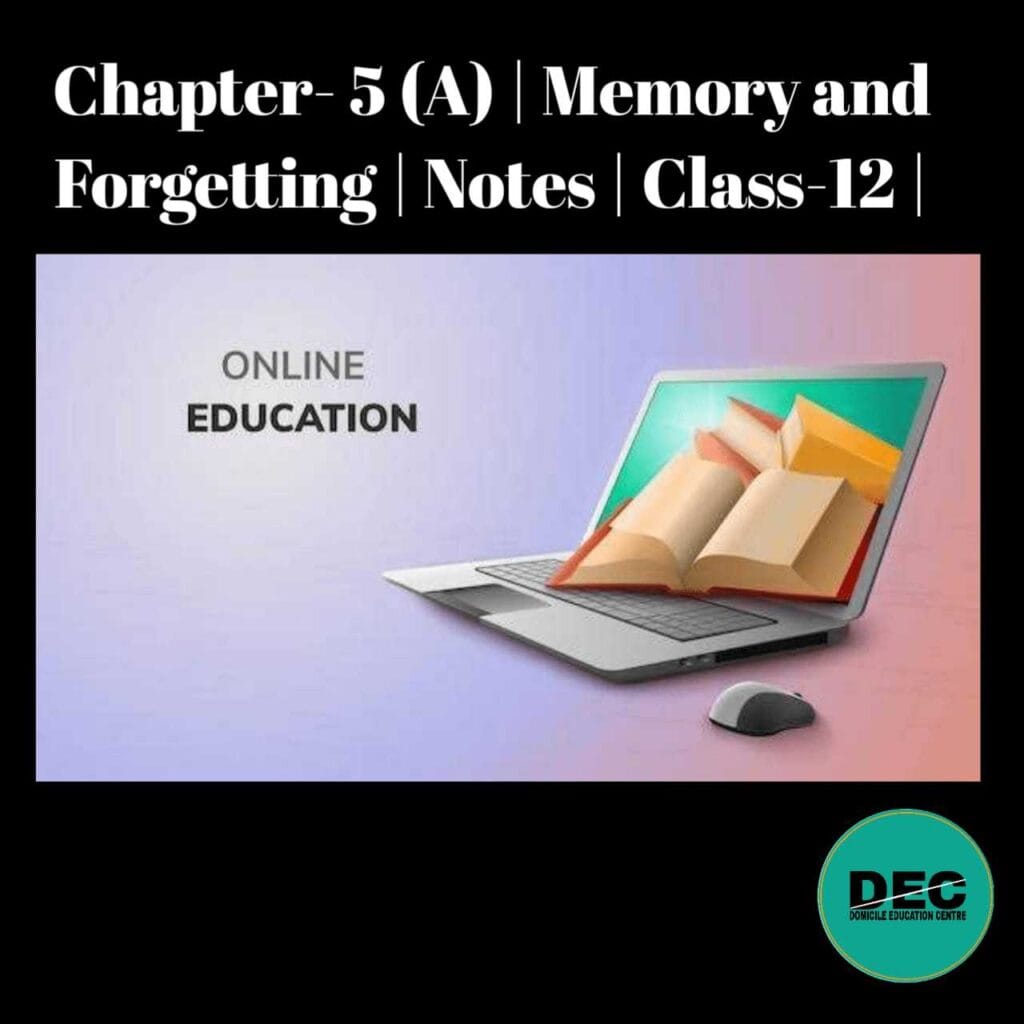
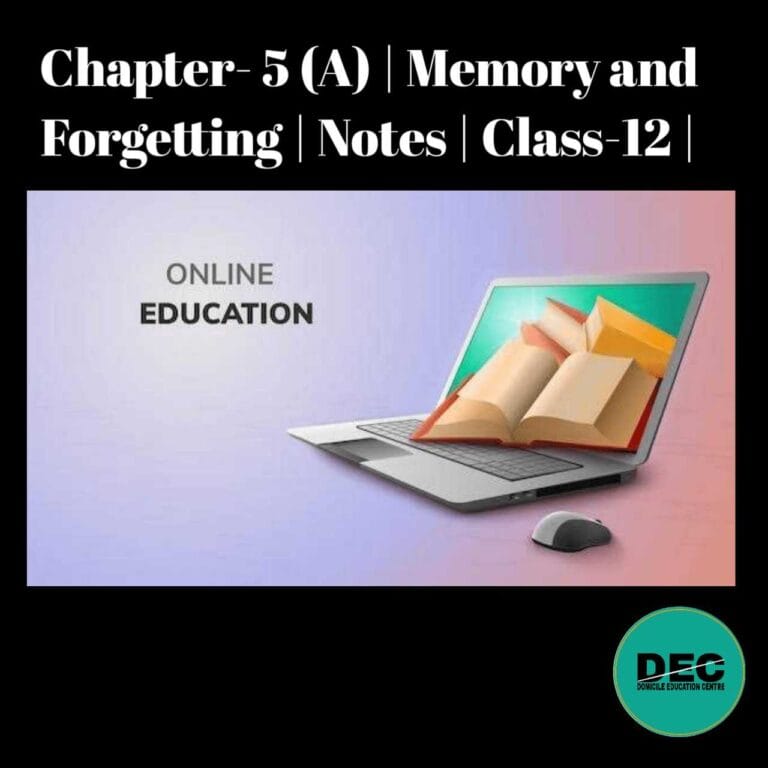
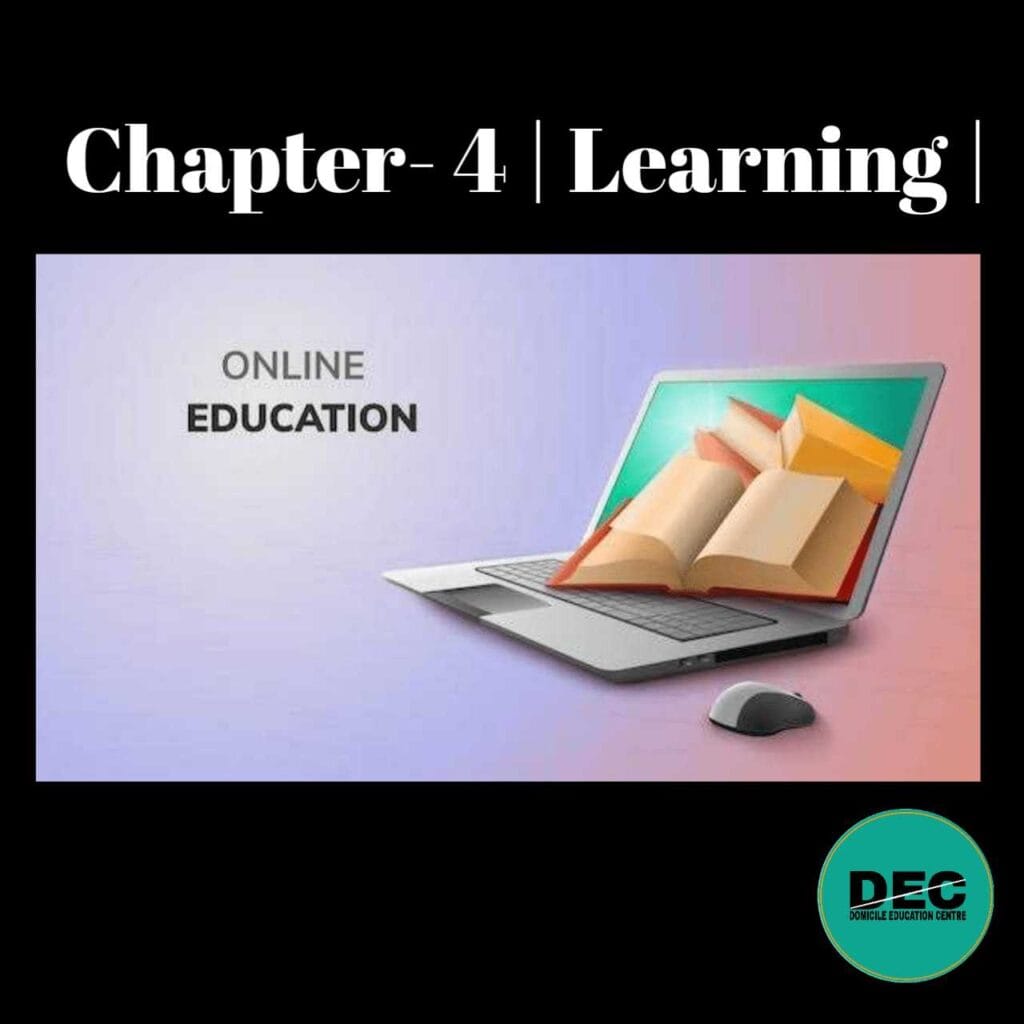
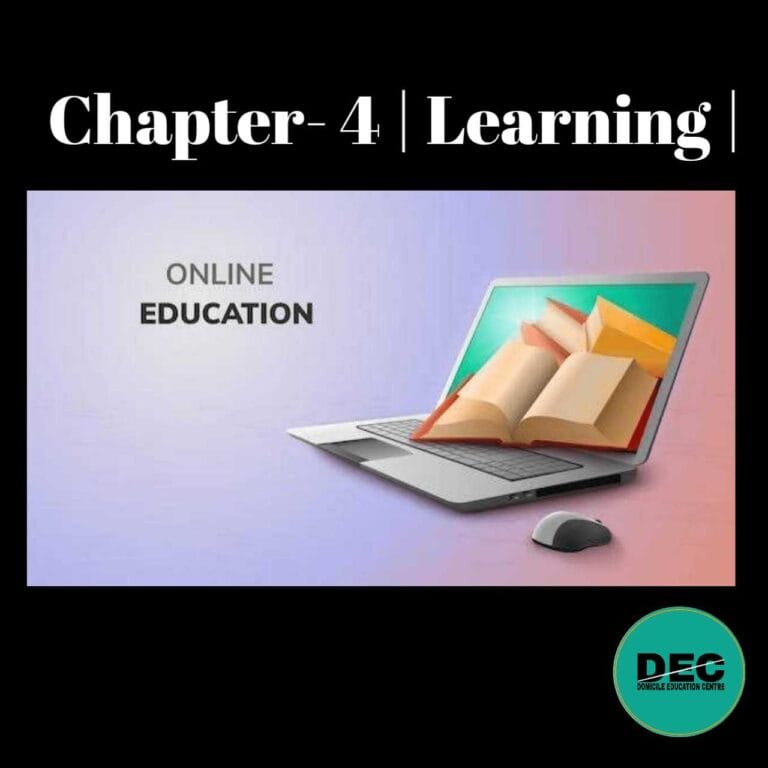
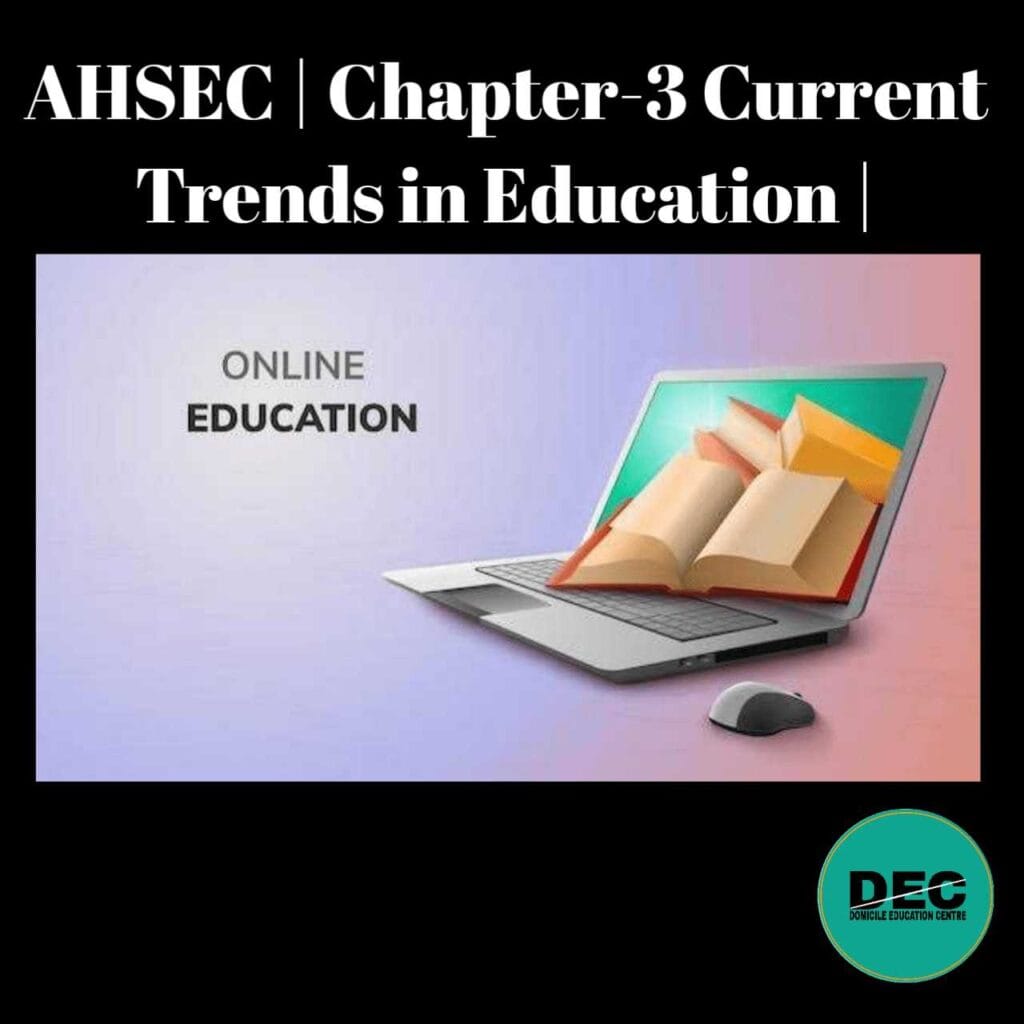

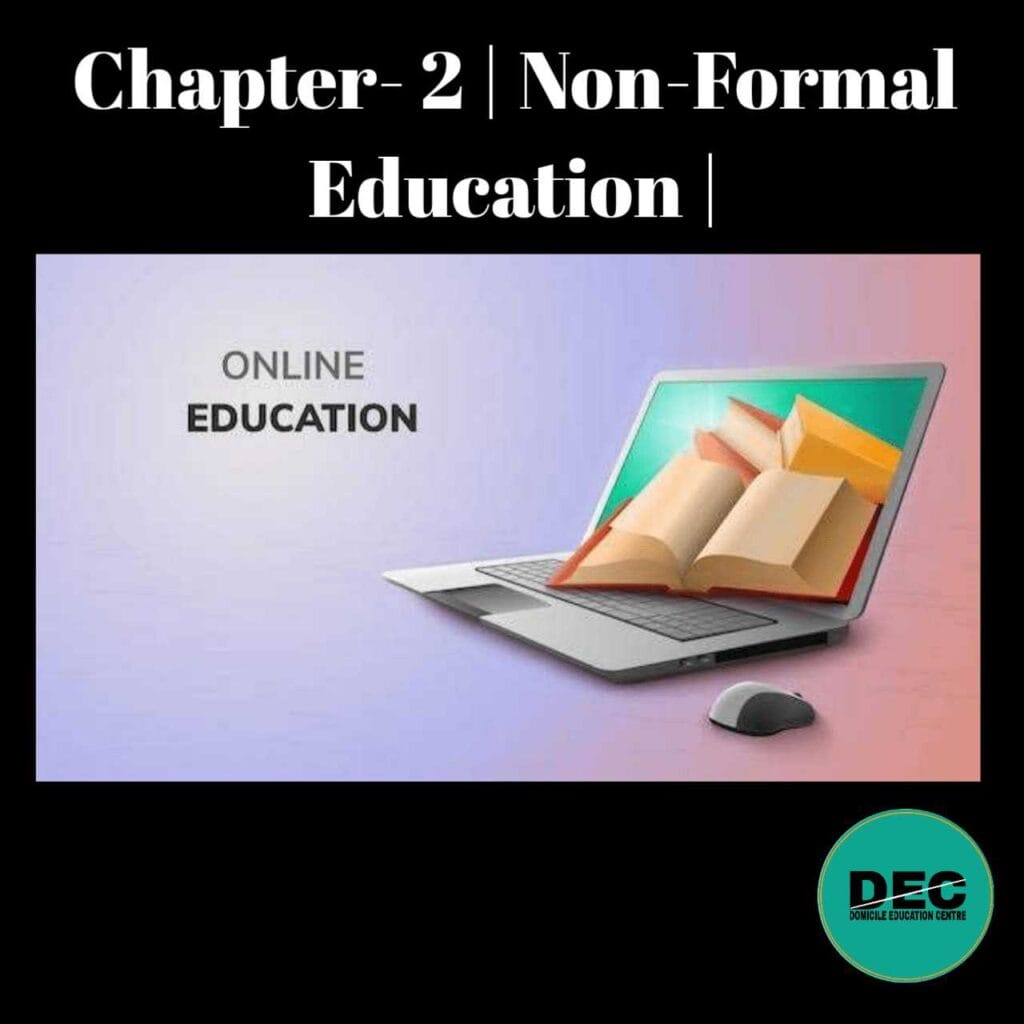
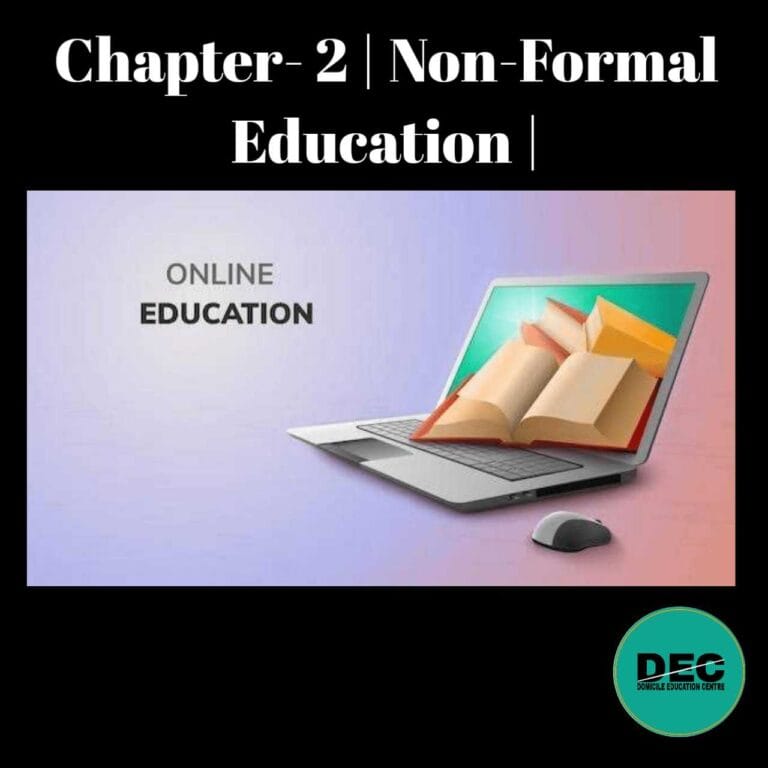
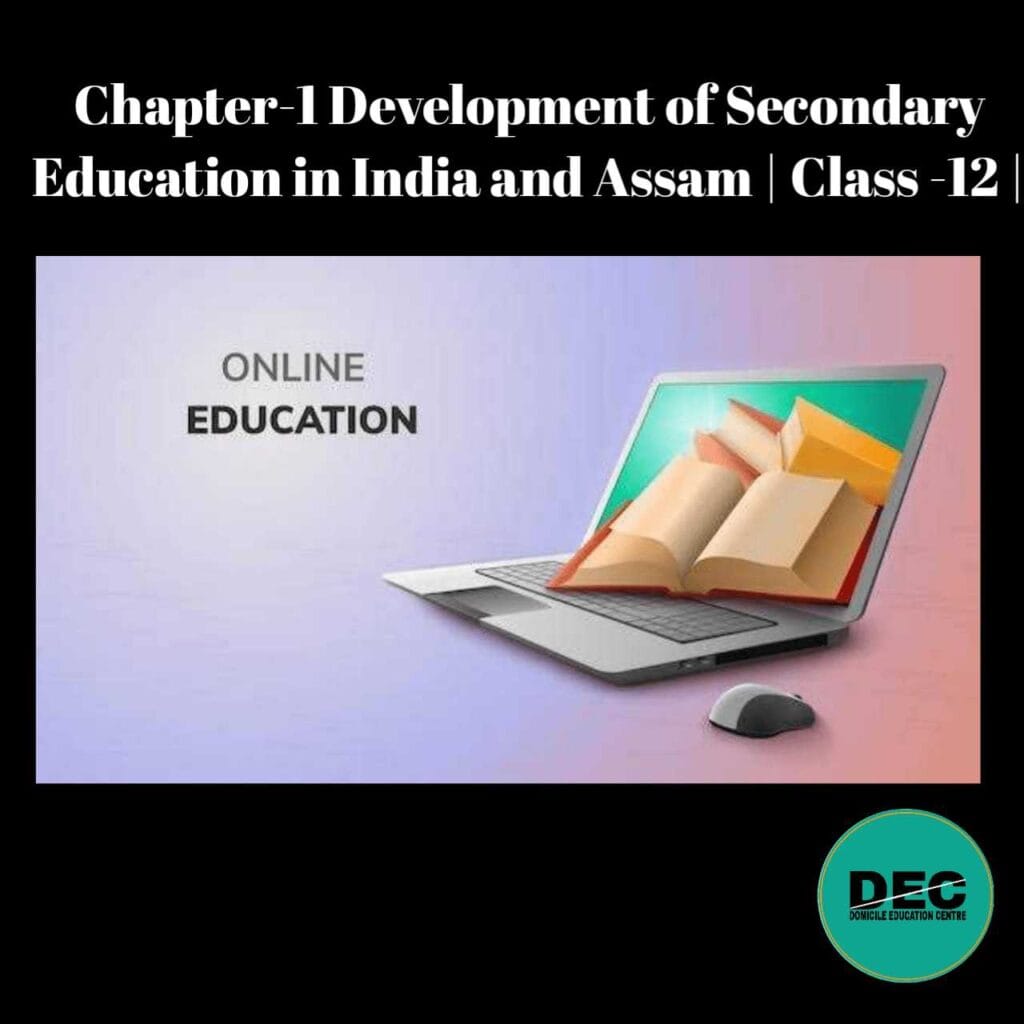
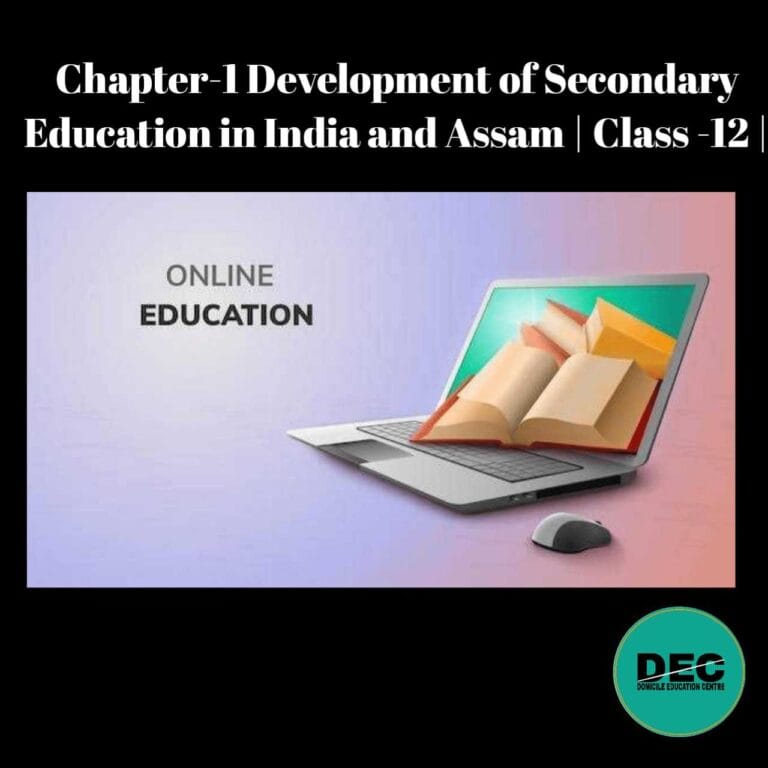
Recent Comments